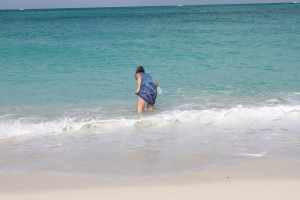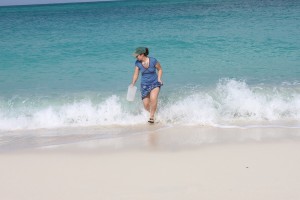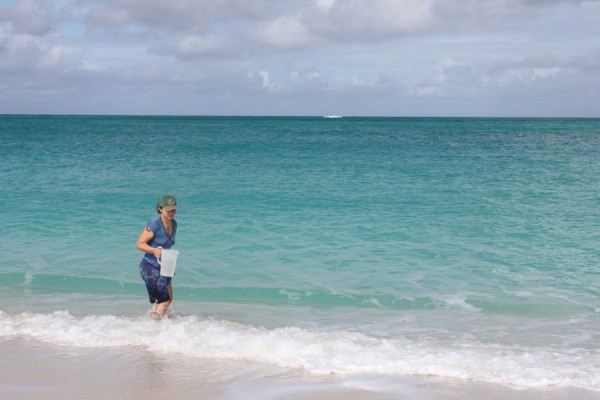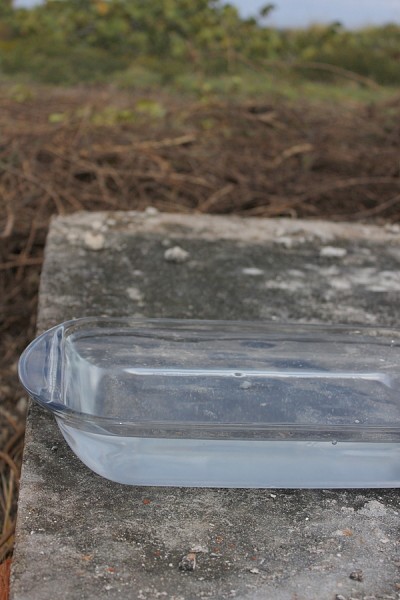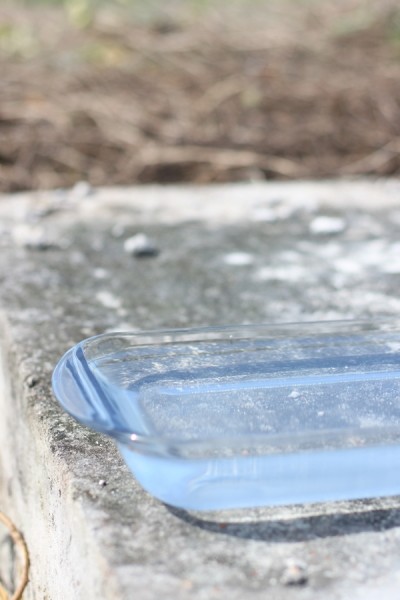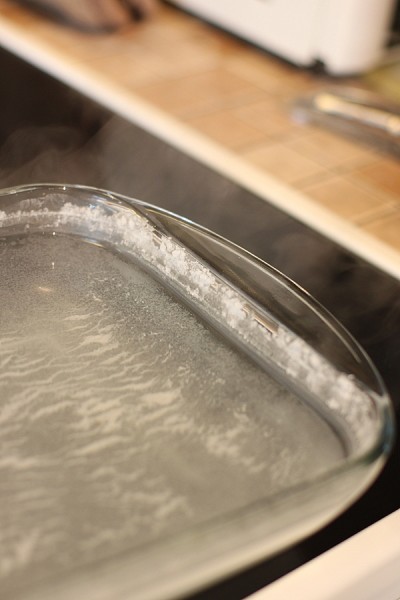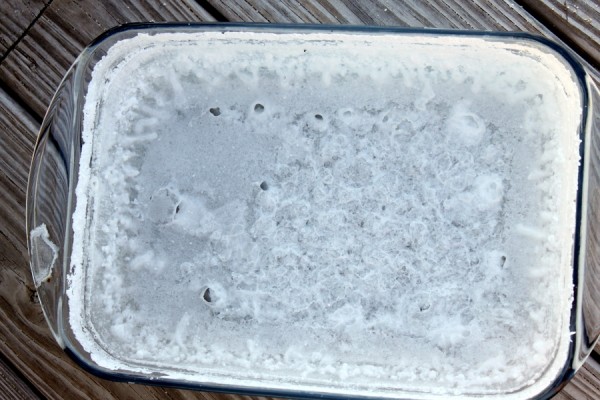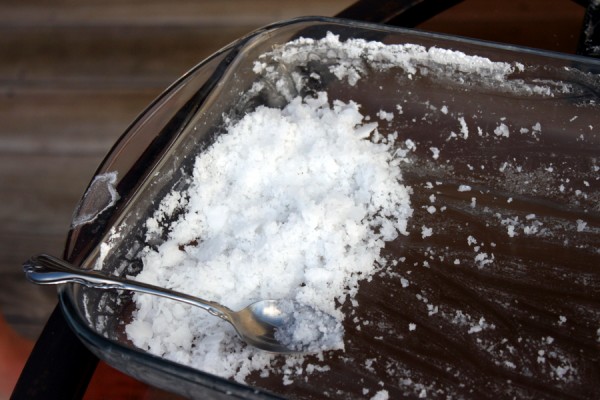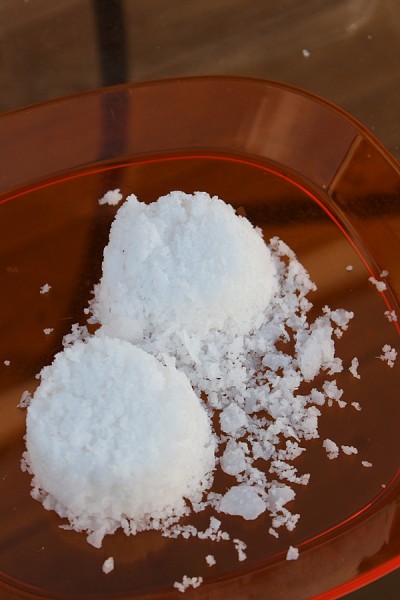 We made our own salt from San Salvador, Bahamas sea water.
We made our own salt from San Salvador, Bahamas sea water.
This statement usually elicits one of two responses. 1) "Wow! Awesome!" 2) "Why? It's only like $1 a pound at the store!"
We, of course, are of the "Wow, Awesome" mindset. But to answer the why: 1) Because we can. (This reason motivates far too much experimentation at the homestead.) 2) Because we never have before. 3) To bring back a free souvenir. 4) Because we can't in Ohio. 5) What else are you going to do in the middle of a hot afternoon on a remote island?
How to Make Salt from Seawater
Making salt is as easy as you might think. Here's what we did:
Collect the seawater, avoiding sand. (My awesome photography assistant Lillian took these pictures.) We collected 3/4 gallon after spillage.
Place the water in a shallow pan and put it in the hottest spot you can find to evaporate.
Look the next day and realize that the sun isn't really doing much. Consult the book Salt: A World History you happened to have on vacation and find that evaporation takes a month or so.
If you aren't staying a month, heat the salt water. We weren't sure of the metal quality of the rental house pans, so we opted to bake the water in a glass pan in the stove. Boiling would be faster but could easily corrode a low-quality pan.
Bake for many hours. Wonder if the water will ever leave crystals behind.
Finally! A salt crusted pan! Marvel.
Scrape the salt crystals into a pile.
Measure the volume of the salt for the information of your blog readers. We made about 1 cup from the 3/4 gallon batch.
To appear as though we weren't cocaine smugglers, we stowed the salt in clear plastic containers and baggies clearly labeled salt in our suitcases. That was apparently enough to get through customs just fine.
Will We Make Salt Again?
Making salt was a fun way to get a souvenir from the ocean for free. We know it was only free because we weren't paying the electric bills to keep the oven on for a half a day and simultaneously cool the house with air conditioning. I doubt that it makes economic sense to cook your own salt from seawater unless you have access to a free source of energy (maybe wood?) or time to wait for evaporation.
Yet we will certainly make salt again. We're smitten with the totally local, no cost, easy-to-take-home souvenir.
We also want compare different salts from different oceans. Will Hawaiian salt taste markedly different than San Sal salt? Will it have a different color or crystal structure? Curiosity demands that we experiment a little to find out whether we should start a collection of homemade salts from around the world.
Have you ever made salt? Will you try it next time you're at an ocean?

